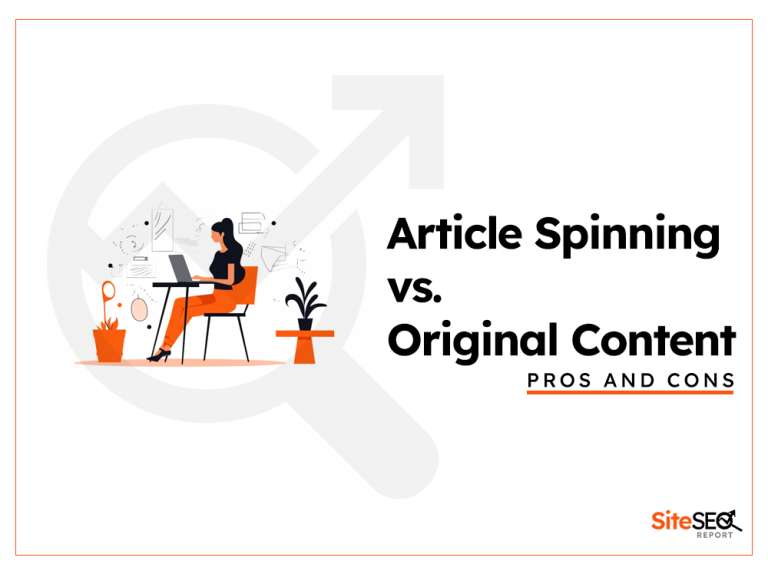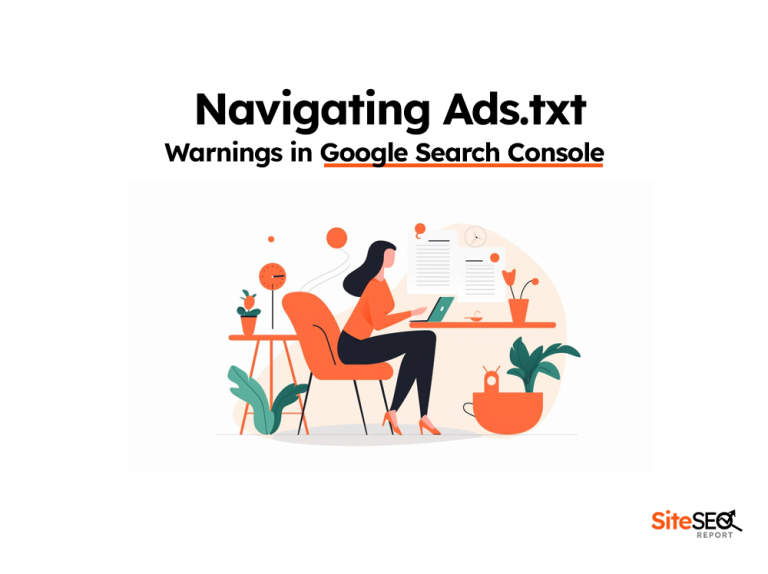The essence of great content is not just the message it carries, but how effortlessly a reader can digest it. As more information floods the digital space, enhancing readability becomes a crucial differentiator. This guide delves into understanding and improving your content’s readability score, ensuring it resonates with a wider audience and ranks higher on search engines.
Benefits of Improved Readability
High readability isn’t about simple words alone; it’s a tool that enhances overall content impact.
Enhanced User Experience
The first duty of prose is to be clear and engaging.” —
Arthur Quiller-Couch
Quick Tip: Put yourself in the reader’s shoes. After writing, take a break, then return and read your content. If you get lost or bored, your readers likely will too.
Boosts Time Spent on Page
When content resonates, readers stick around.
Real-world example: Websites with FAQ sections that are clear and concise see a higher dwell time as users find immediate answers without sifting through complex text.
SEO Benefits
Readable content is SEO-friendly content.
Action Point: Use online tools like Yoast SEO for WordPress. It provides feedback on readability, ensuring you strike a balance between SEO and user-friendliness.
Pitfalls to Avoid in Pursuit of Readability
Improving readability is about finesse, not oversimplification.
Over Complication
Example:
- Complex: “It’s quintessential for individuals to cognize the importance of brevity.”
- Simple: “People need to understand the importance of being brief.”
Quick Tip: Replace words with simpler synonyms. Instead of “utilize,” use “use.” Instead of “commence,” use “begin.”
Inconsistent Structures
Real-world example: Imagine a cookbook where one recipe starts with ingredients, the next with cooking time, and another with serving suggestions. Confusing, right?
Overreliance on Jargon
Quote: “Don’t use a five-dollar word when a fifty-cent word will do.” — Mark Twain
Diving Deeper: How Readability Shapes SEO
In the world of Google rankings, readability holds significant sway.
Dwell Time and Bounce Rate
Interactive Element: Check your website’s Google Analytics. A high bounce rate may indicate that visitors find your content hard to digest. Aim for engaging, clear content to keep them around.
User Engagement Metrics
Engaging, readable content invites user interaction.
Action Point: Sprinkle in CTAs (Call to Actions) in your readable content. Encourage shares, comments, or other interactions. The more engaging your content, the better it’ll perform in search results.
Backlinks and Organic Shares
Well-written content gets shared, and more shares lead to more backlinks.
Quick Tip: Create shareable snippets or graphics that summarize your content’s main points. Making it easy for readers to share will increase its reach and backlink potential.
The Role of Regular Content Audits
In an online landscape that shifts like sand, it’s pivotal to ensure your content remains updated and readable.
The Evolution of Language
Real-world example: Decades ago, “surfing the net” was a popular phrase. Today, it sounds antiquated. Regular audits can help update such terms, keeping your content fresh.
Quick Tip: Schedule bi-annual content audits. Tools like Screaming Frog can help identify old content that might need revisiting.
Embrace Feedback
Quote: “Feedback is the breakfast of champions.” — Ken Blanchard
Action Point: Include a feedback form or comment section below your articles. Encourage readers to share their thoughts. This direct input can be invaluable for enhancing readability.
Consistency is King
While style might evolve, maintaining a consistent tone and voice is key.
Try This: Share your content with a colleague or friend. Ask them if any section feels “out of place.” An external perspective can often catch inconsistencies.
Strategies for Enhancing Readability
Crafting readable content is a skill that can be honed. These strategies can help.
Use Subheadings and Bullets
Quick Tip: Segment your content with clear subheadings. Utilize bullet points or numbered lists to present information concisely. HubSpot’s guide on content formatting provides useful insights.
Prioritize Active Voice
Example:
- Passive: “The book was read by her.”
- Active: “She read the book.”
Read more about the benefits of active voice in writing on Grammarly’s blog.
Harness Multimedia
Real-world example: Infographics, videos, and images can break textual monotony and drive a point home efficiently. Explore best practices on Moz’s visual content guide.
Use a Consistent Font and Format
Action Point: Choose fonts that are easy on the eyes, like Arial or Calibri. Ensure your content has a uniform style, size, and spacing. Smashing Magazine often covers web typography and its importance.
Implement the Inverted Pyramid Style
Description: Begin with the most crucial information, followed by supporting details, and end with the background. Learn more about this journalistic approach from the Poynter Institute.
Historical Evolution of Readability
Understanding where readability has been can guide where it’s going.
Print Era to Digital Transition
Insight: While print prioritized dense text, digital content favors short paragraphs, subheadings, and interactive elements. Delve deeper into this transition with insights from the Nieman Lab at Harvard.
The Role of Academia
Real-world example: Early readability formulas, like the Flesch-Kincaid test, were rooted in educational settings, aiming to match texts with student levels. Learn more about these early formulas from the American Psychological Association.
The Influence of Technology
Quick Tip: With the advent of smartphones and shorter attention spans, content has adapted to be more scannable and concise. Pew Research provides studies on the impact of technology on reading habits.
Future Trajectories
Speculation: As voice search and AI grow, future readability might not just be about reading but also how content sounds when spoken. Follow advancements in this domain on sites like Voicebot.ai.
Conclusion: The Power of Readable Content
In the realm of content, it’s not just about what you say, but how you say it. The digital age, characterized by information overload, places a premium on clarity and brevity. As content creators, we have the responsibility to craft pieces that resonate, inform, and engage. By enhancing readability, we ensure our messages aren’t lost in the cacophony of the online world but stand out, shining clearly.
Key Takeaways
- Simplicity is Sophistication: Opt for shorter, crisper sentences. Replace jargon with accessible terms. Make your content friendly, not just for experts but for anyone curious enough to click on your link.
- Consistent Evolution: The digital world changes rapidly. Regular content audits, feedback loops, and adaptability are your best allies in maintaining top-notch readability.
- Interactivity Enhances Engagement: Infuse your content with real-world examples, quizzes, and actionable tips. Turn passive readers into active participants.
- Readability & SEO Go Hand in Hand: A well-structured, readable piece not only attracts readers but search engines as well. Embrace SEO tools that emphasize readability as a ranking factor.
- Always Be Learning: The metrics and standards of readability aren’t set in stone. Stay updated with the latest tools, trends, and techniques.
Crafting readable content is both an art and a science. Embrace the principles, employ the tools, and always, always keep the reader at the heart of your endeavors.






